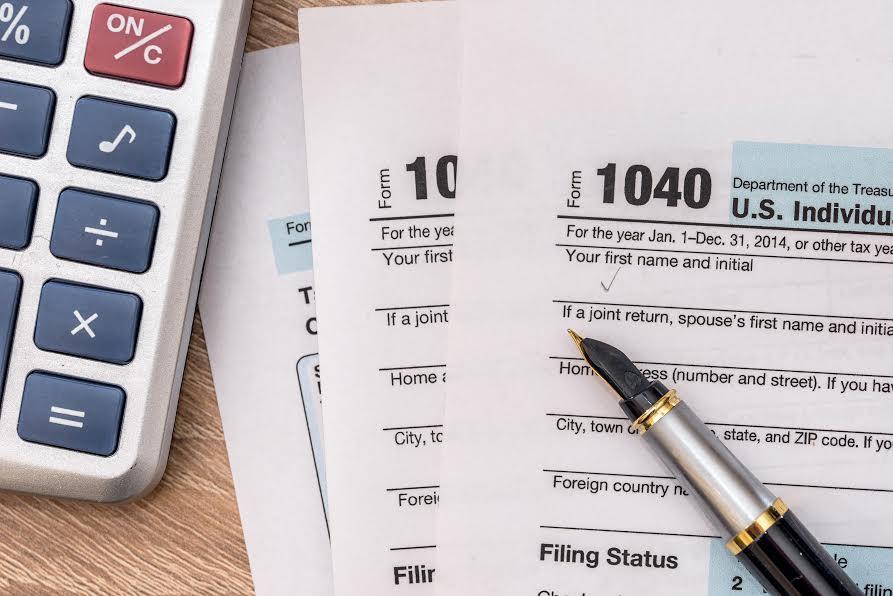
Prior to the 2018 tax year, when you filed your personal income tax return with the IRS, you had a choice of three basic tax forms to select from: Form 1040, Form 1040A, and Form 1040EZ. The one you used depended on the deductions and credits you were planning to take.
Well, no more. The Tax Cuts and Jobs Act of 2017 eliminated Form 1040A and 1040EZ. For the 2018 tax year – which you file in 2019 and going forward – there’s just a Form 1040.
So, That Makes It Easier, Right?
Well, yes and no. It’s true that Form 1040 is a simpler form than those used in past years. As the President boasted, the information on it could pretty much fit on the front and back of a postcard.
The complicated part comes when you attach the schedules you need to include to figure your deductions and credits. Some of those schedules can be fairly long and come with many pages of instructions you must use to complete them.
You can probably e-file your return, especially if you use a tax software program or if you hire a tax accountant to help prepare your return. You can also print a paper Form 1040 from the IRS website.
Which Schedules Do I Need to Use?
Here’s a basic rundown of the schedules you need to use for various deductions and credits:
Use Schedule 1 if you:
- Have additional income like capital gains, unemployment compensation, prize or award money, or gambling winnings
- Claim any deductions, such as student loan interest, self-employment tax, or educator expenses
- Owe Alternative Minimum Tax (AMT)
- Need to make an excess advance premium tax credit repayment
- Can claim a nonrefundable credit other than the child tax credit or the credit for other dependents, such as:
- The foreign tax credit
- Education credits
- General business credit
- Owe other taxes, such as:
- Self-employment tax
- Household employment taxes
- Additional tax on IRAs or other qualified retirement plans and tax-favored accounts
- Can claim a refundable credit other than:
- The earned income credit
- American opportunity credit
- Additional child tax credit
- Have other payments, such as an amount paid with a request for an extension to file or excess social security tax withheld
- Have a foreign address or a third party designee other than your paid preparer
This post is to be used for informational purposes only and does not constitute legal, business, or tax advice. Each person should consult his or her own attorney, business advisor, or tax advisor with respect to matters referenced in this post. 1-800Accountant assumes no liability for actions taken in reliance upon the information contained herein.
